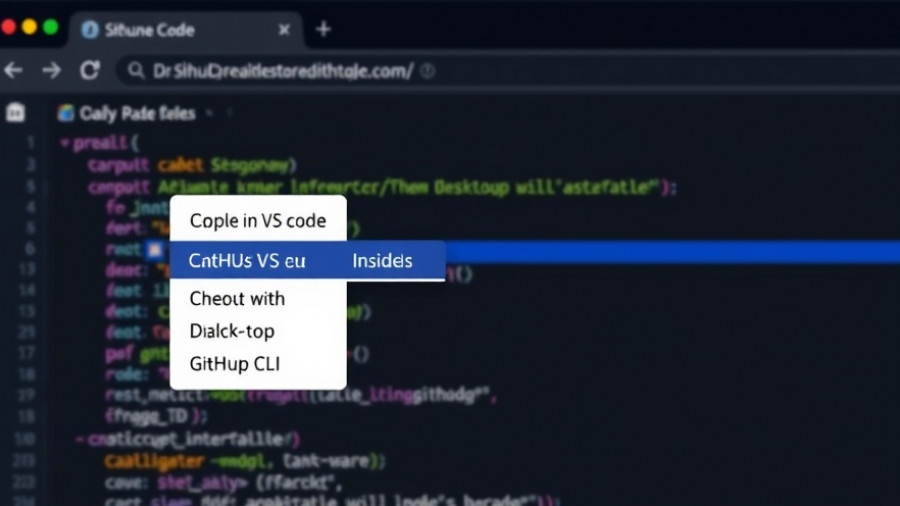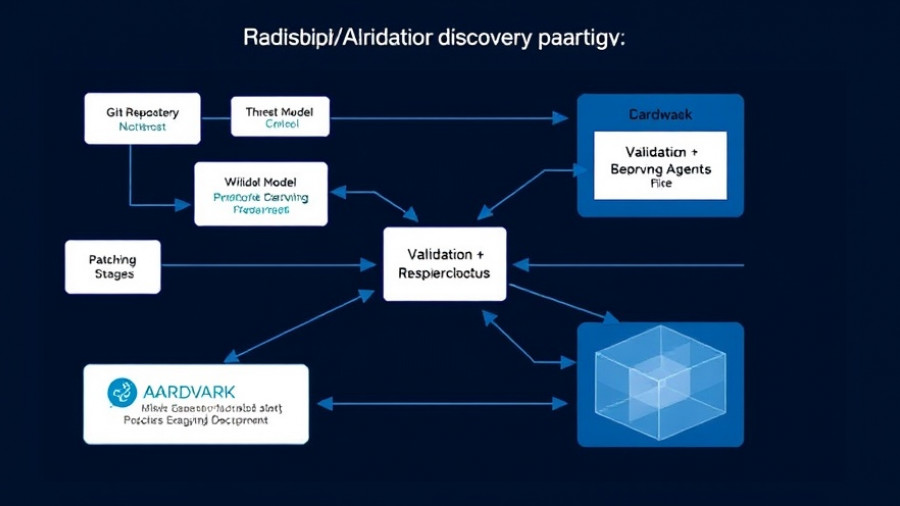
Alation Unveils Revolutionary No-Code Platform for AI Agents
Alation has taken a significant leap by launching its new no-code platform, the Alation Agent Builder, which allows companies to create production-ready AI agents with remarkable ease. This innovative platform is designed to support enterprises in transitioning from experimental phase to fully functional AI systems, all while maintaining the accuracy and governance required for structured data.
Enhancing Accuracy and Governance
With a promise of over 90 percent accuracy, the Alation Agent Builder’s metadata-aware agents leverage the Alation Knowledge Layer, a curated data product from the Agentic Data Intelligence Platform. This ensures that every query is contextualized correctly, which is crucial for generating reliable financial and operational reports. Co-founder and CEO Satyen Sangani emphasizes that the tool enables businesses to build accurate and governed agents that are suitable for enterprise environments, rather than mere prototypes.
The Rise of No-Code AI Development
The trend towards no-code development is not confined to Alation. Several platforms, such as Moveworks and Pipefy, leverage similar concepts to democratize AI agent development. Companies can design and manage AI agents autonomously using intuitive visual interfaces without requiring deep technical expertise. This shift is particularly beneficial for non-technical professionals in sectors like finance or human resources who need to implement AI solutions rapidly but lack coding skills.
Integration and Vendor Neutrality
What sets Alation Agent Builder apart are its robust integration capabilities and commitment to vendor neutrality. The platform seamlessly connects with over 100 data sources, including popular services like Snowflake and Databricks, allowing companies to avoid vendor lock-in by bringing their own models. This flexibility opens doors to diverse AI capabilities while ensuring that businesses can customize their applications according to their specific needs.
The Importance of Continuous Evaluation
In a landscape where reliability is paramount, Alation’s focus on built-in evaluations and monitoring is a strategic differentiator. The platform includes customized evaluations and test sets that ensure the due diligence of the agents before deployment. These features reassure enterprises that the agents are equipped to meet the demands of modern business operations.
Future Directions for AI Agents
The future of no-code AI agents seems promising, as companies like Alation and Moveworks reveal that there is a growing need for flexibility and rapid solution deployment. As research indicates, about 60% of business executives believe that adopting no-code tools will be crucial for their digital strategy. This potential market shift suggests that organizations will increasingly seek ways to automate not just tasks, but entire workflows.
Conclusion: Embrace the AI Revolution
With tools like Alation's Agent Builder, businesses now have an opportunity to harness AI more effectively. Whether you're aiming to streamline operations or enhance decision-making, empowering your workforce to use these platforms could result in a culture of innovation and efficiency. The future of enterprise AI lies in systems that are adaptable, user-friendly, and capable of delivering real business value. Now is the time to explore how AI agents can transform your organization.
 Add Row
Add Row  Add
Add 




Write A Comment